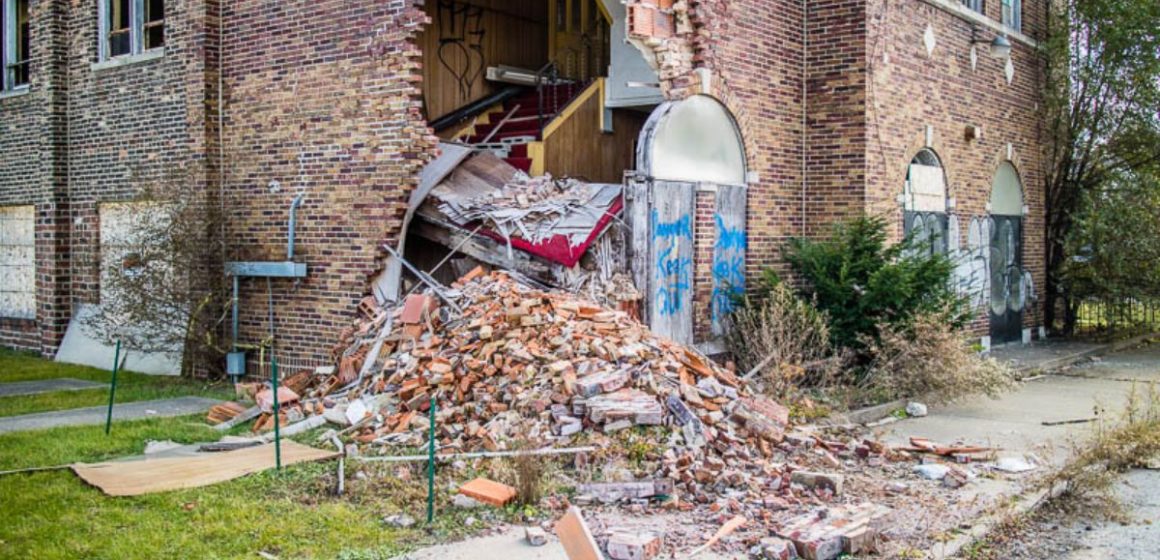Indiana, a state renowned for its varied scenery and welcoming locals, is also hiding something. Unfortunately, there is one city in Indiana that has the lowest life expectancy in the entire country.
This concerning figure begs the question of what causes such a wide variation in health outcomes.
We shall examine the underlying social, economic, and health-related problems that significantly contribute to this city’s short life expectancy in this article.
Overview Of Gary, Indiana
| Area | 50.663 sq mi |
| Population | 67,199 |
| Grades & Statistics, per Area Vibes |
Employment: F
Crime: F Schools: F Amenities: C+ Total Crime/100K people: 3,016 |
| Poverty Rate | 32.19% |
| Average Household Income | $50,016 |
The lowest life expectancy in the United States is found in Gary, Indiana
Named for Elbert Henry Gary, a lawyer who developed a steel company that later became the city’s principal source of income, Gary, a community in Lake County, was formed in 1906.
At the time of its establishment, Gary Works Steel Mill was the biggest steel mill globally.
Regrettably, as the sector has declined over time, there have been more layoffs and people looking for better possibilities elsewhere. Gary’s job losses persisted as a result of the US starting to import steel from abroad in the 1970s.
Because of this, a lot of the streets have been neglected and dilapidated, and criminal activity has increased dramatically—this is in contrast to other parts of Indiana, including Fishers, which is a thriving city where many choose to retire due to its low crime rate.
Furthermore, the state’s widespread steel industry has polluted the air with harmful pollutants and compromised the health of its workforce, potentially resulting in lung and heart problems, cancer, and other chronic ailments.
Gary’s life expectancy is 71.4 years due to the cumulative effects of all these causes; by contrast, the average life expectancy of residents of Newtown, Massachusetts is 84.7 years, making it the city with the greatest life expectancy in America.
What It’s Like to Live in Gary?
| As Per Niche Data | |
| Median Home Value | $81,800 |
| Median Rent | $929 |
| Crime & Safety | D |
Despite being essentially a ghost town in the making, many people still live in Gary, Indiana.
Some benefits of residing there, according to Rentals, are reasonably priced homes, easy access to Lake Michigan, and a variety of outdoor recreational opportunities.
However, that may not compensate for the high rates of crime and poverty, the scarcity of employment opportunities, and the deteriorating infrastructure, all of which have an adverse effect on people’s mental health and shorten their life expectancy.
Read Also:
- 2024 Idaho Safety Overview: Crime Rates, Traffic Risks, and Environmental Hazards
- NYC Crime Watch 2024: Neighborhoods with the Highest Risk
- The Most Dangerous Hikes in Mount Rainier National Park
Gary’s Positive Aspect
In picturesque Indiana, Gary is one of the most reasonably priced lake towns to visit.
Many famous buildings in the Late Gothic Revival, Tudor Revival, and Classical Revival styles can be found there, including the First United Presbyterian Church, the Genesis Tower (originally Hotel Gary), and the City Methodist Church.
For “urbex” explorers and documentarians, there will definitely be plenty of murals to capture on camera, as well as spooky, abandoned theaters, stores, and schools.
Another well-liked destination for fans is Michael Jackson’s Family Home, which is situated at 2300 Jackson St. and once accommodated 11 people.
Lastly, there are six miles of public beaches in Gary that are perfect for walking, swimming, and boating for people of all ages. These beaches feature grassy sand dunes, pine woods, cottonwood trees, picnic spaces, playgrounds, and concession stands.
All things considered, Gary has a great deal of promise as a travel destination; sadly, socioeconomic and ecological factors caused it to become the city in America with the lowest life expectancy.



Leave a Reply